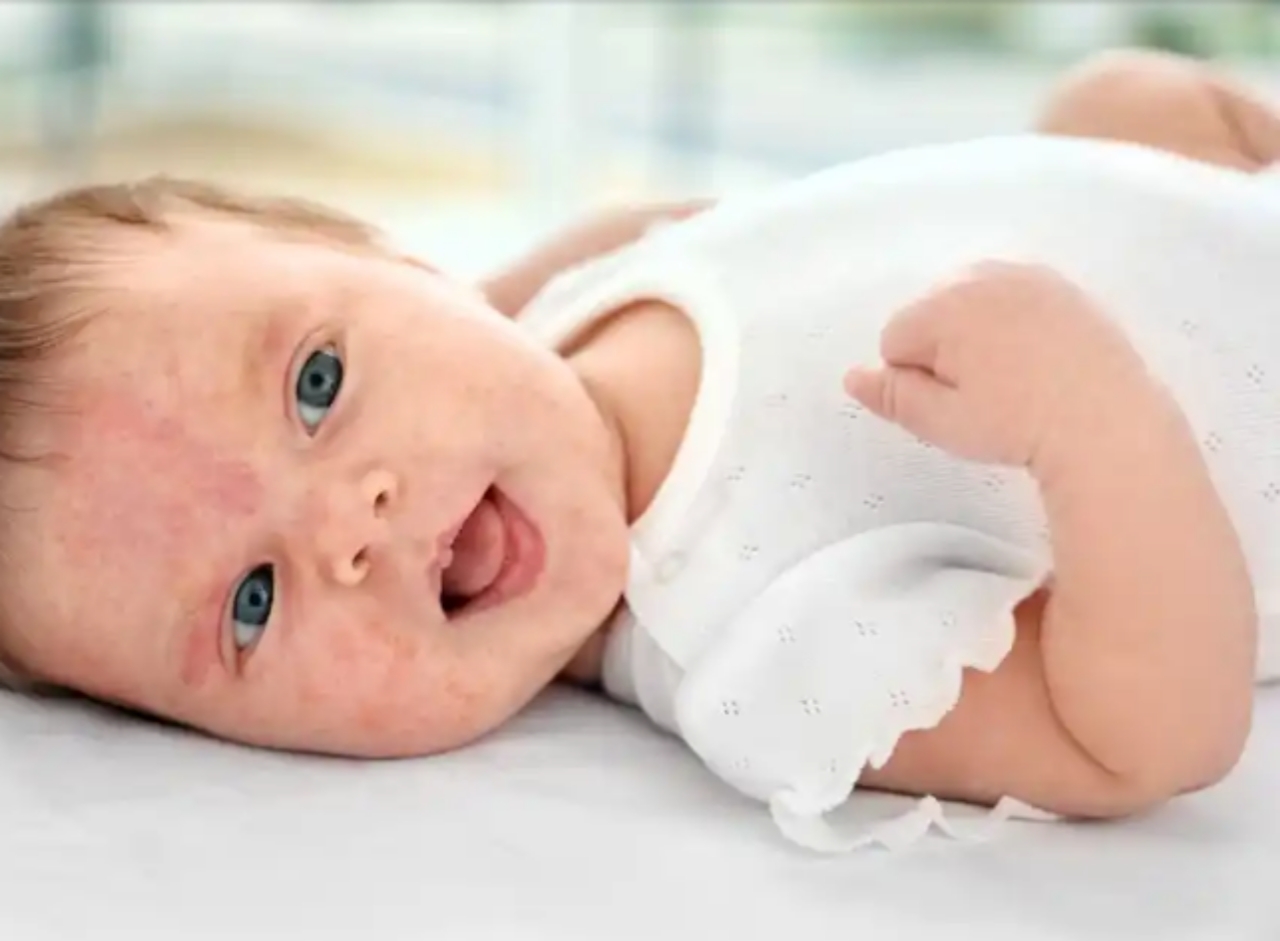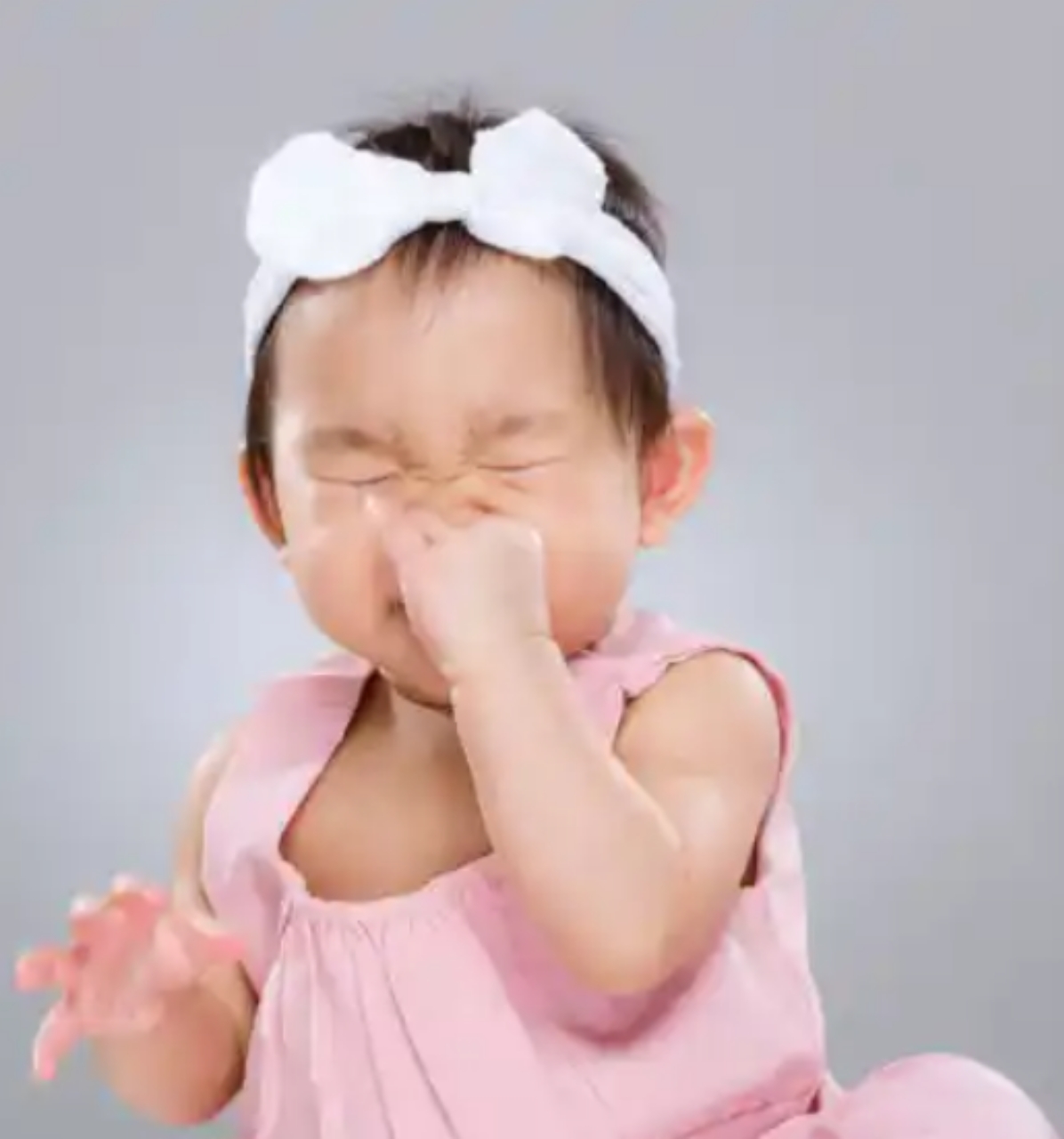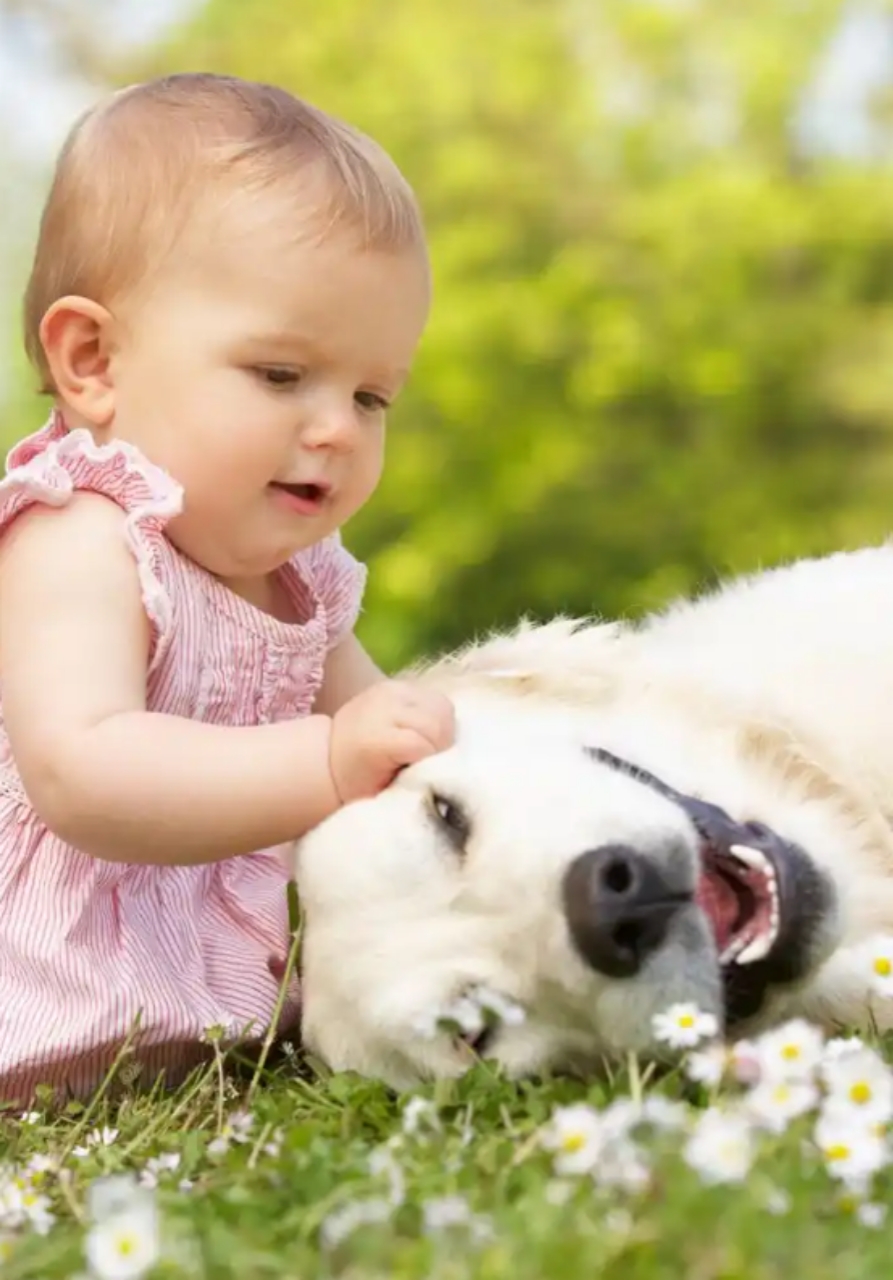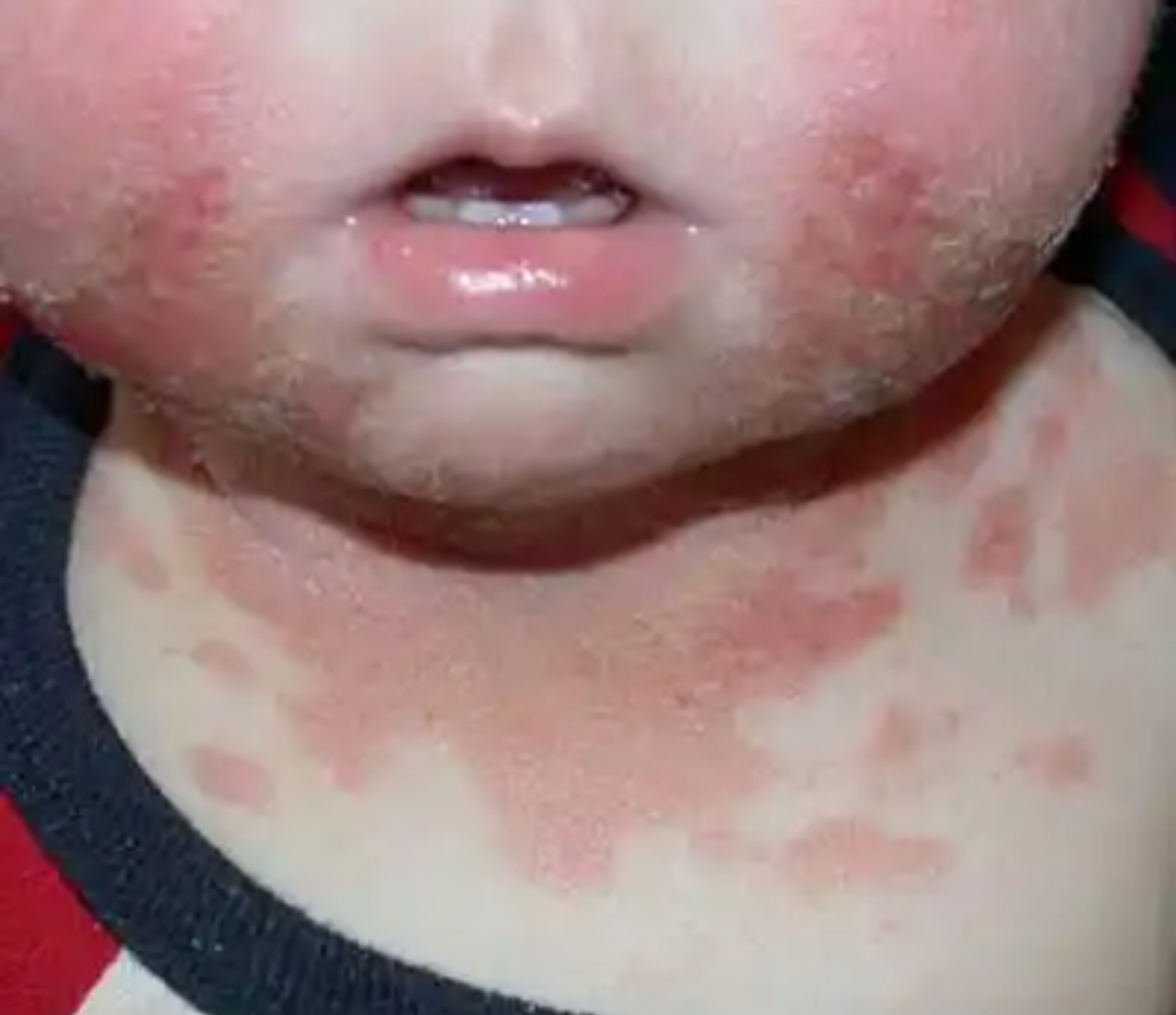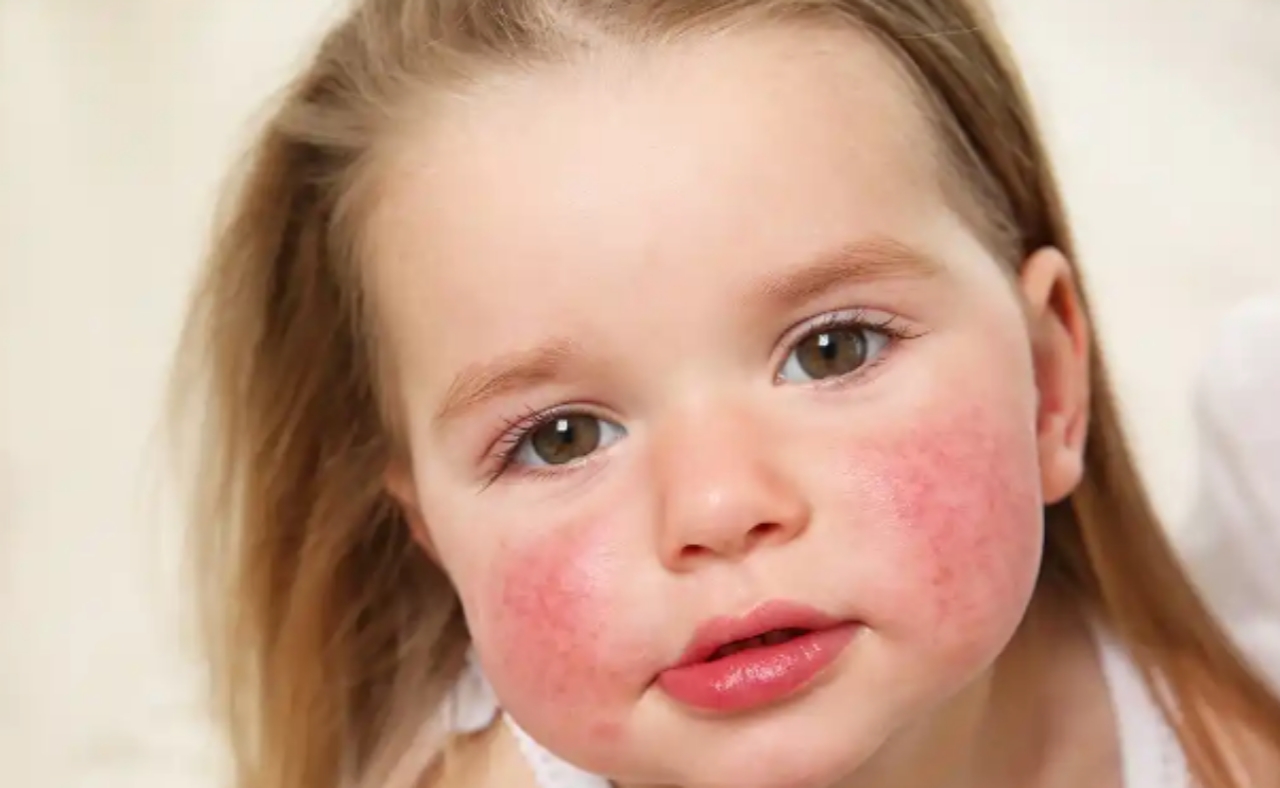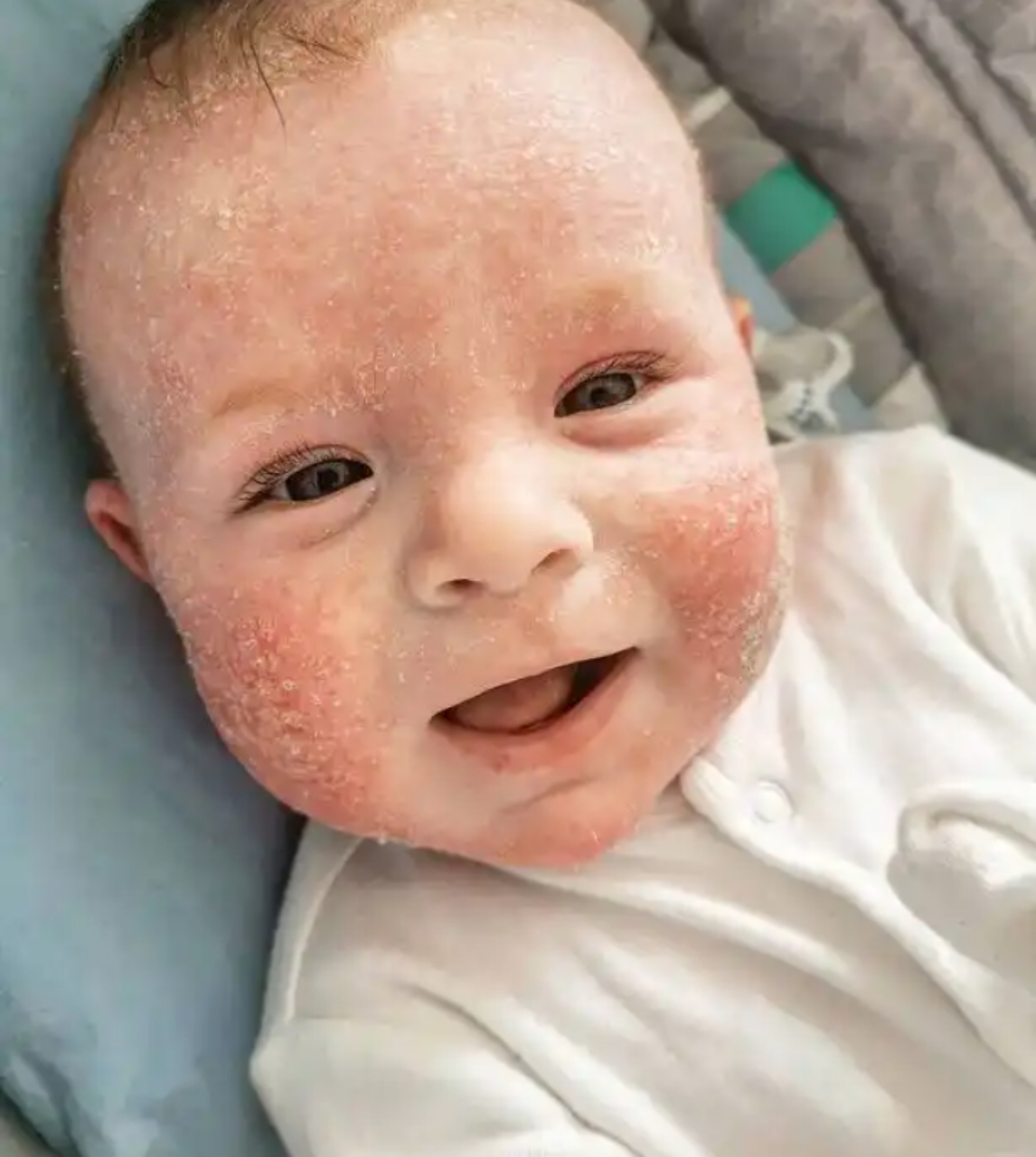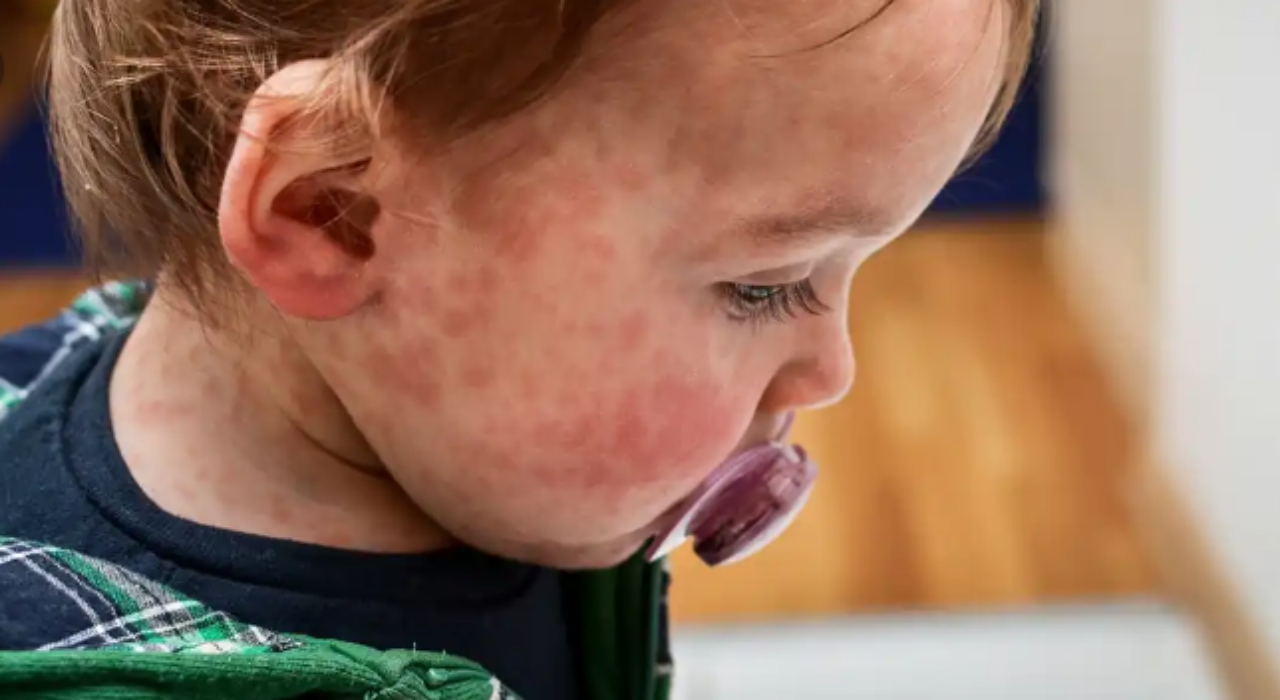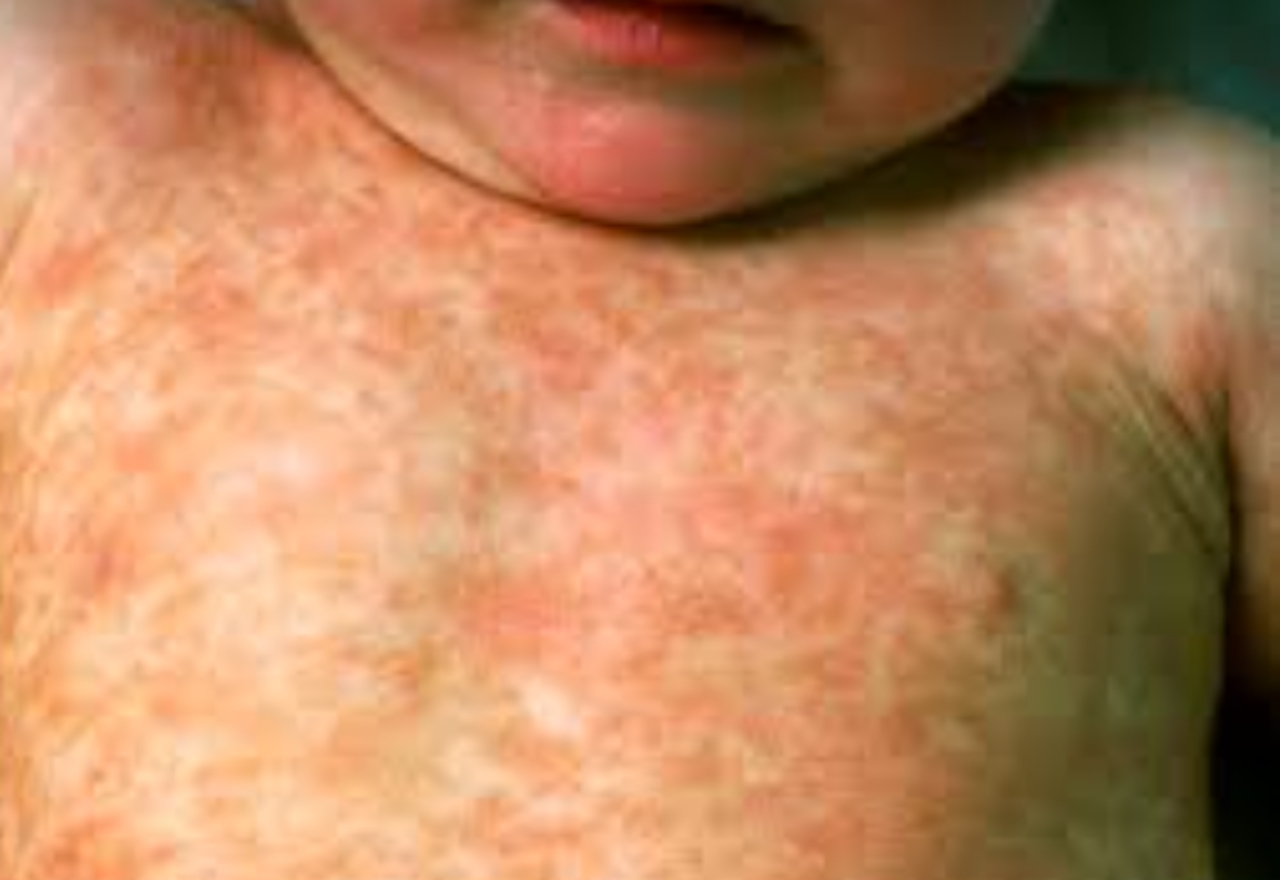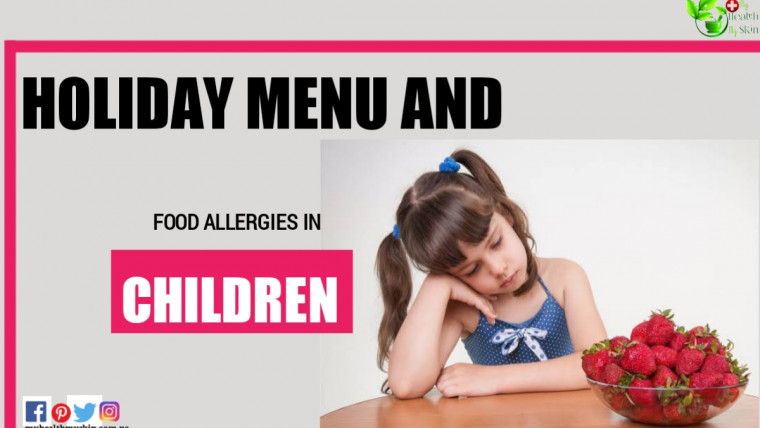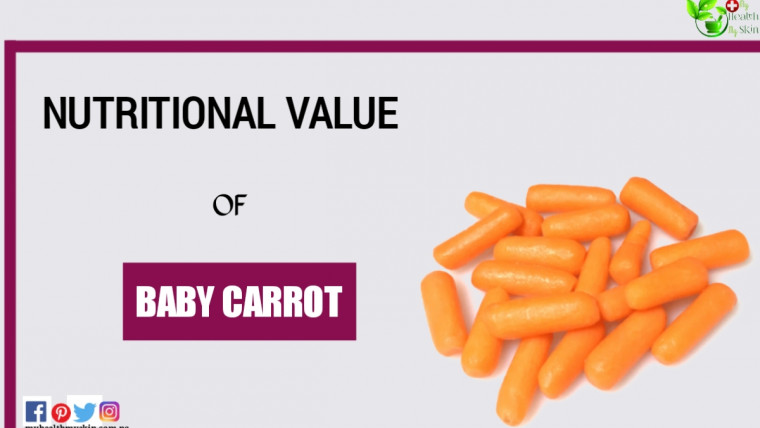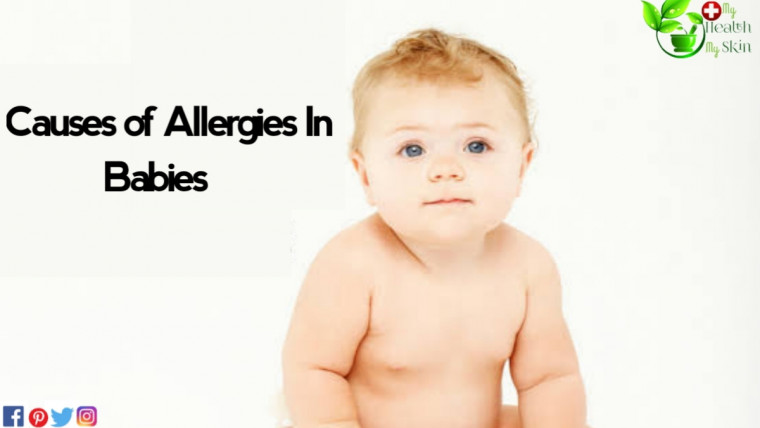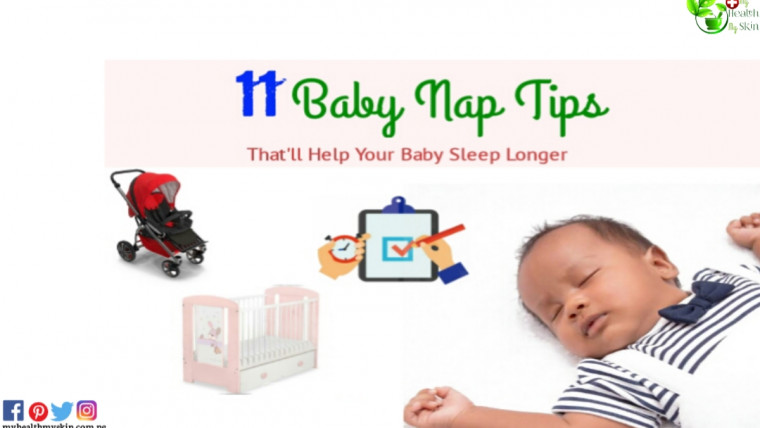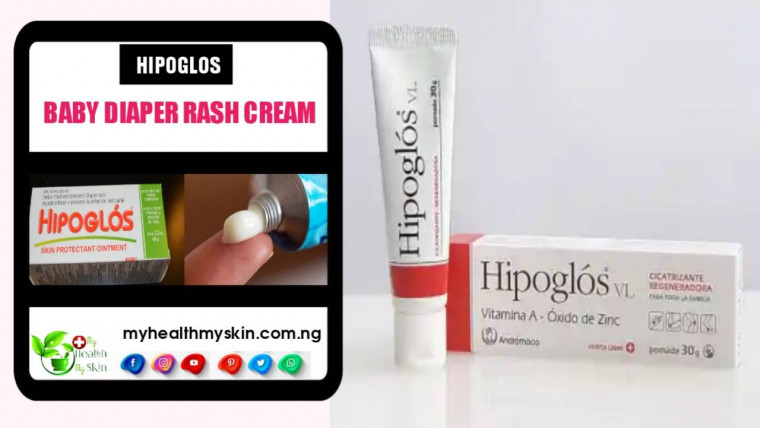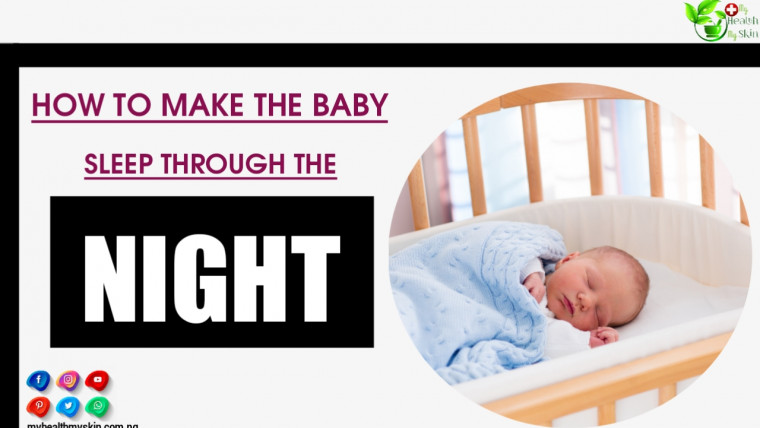Allergies are common in babies and adults. However babies requires more attention due to their sensitive immune system. Here’s what you should know about allergies in babies.
What is an Allergy?
Allergy is a common term to indicate an abnormal reaction to some known substance. Allergies appear in the form of rashes, breathing difficulty, continuous sneezing, etc.
Allergy vs Cold
It is easy to mistake an allergy for a cold as they have similar symptoms. When someone catches a cold the body’s defence system attacks the virus causing cough, fever, etc.
On the other hand, allergies are caused by the body’s overly sensitive immune system. The body senses a harmless substance as a foreign body and attacks it, causing an allergic reaction.
Unlike cold, allergies do not go away so quickly, and keep recurring. They aren’t contagious. Allergies also show up immediately upon contact, and may cause stuffy nose or rashes.
Diagnosing Allergies in Babies
The initial Symptoms of an allergic reaction can be excessive sneezing, watery eyes, or tightness in the throat. The best way to diagnose an allergy is by observing and identifying the allergen.
5 Common Allergies in Babies
The 5 Common types of allergies include;
1. Food Allergies
This is the most common allergy. Some common food item that cause allergies are nuts, egg, wheat, chocolates and fish.
Symptoms of Food Allergies In Babies
- Blocked Nasal Passage (stuffy nose)
- Bloating
- Itchy and puffy eyes
- Stomach pain
- Diarrhoea
Treatment (as prescribed by doctors)
Antihistamines, which suppress the Symptoms.
Prevention
It is best to stay away from the food causing the allergy. Some allergies fade away as the body grows older.
2. Skin Allergies
Some common skin allergies are eczema, dermatitis and prickly heat.
Symptoms
Red, dry and crusty patches on the skin, most on the neck, wrists and ankle.
Treatment (as prescribed by doctors)
Hydrocortisone, which is a typical steroid.
Prevention
- Avoiding the allergen
- Establishing a rountine to keep the skin hydrated.
3. Nasal Allergies
Nasal allergies or respiratory allergies are severe and require immediate treatment.
Symptoms
- Coughing
- Wheezing
- Difficulty in breathing and tightness in the chest
Treatment (as prescribed by doctors)
Anti-inflammatory drugs to suppress swelling.
Prevention
- Use dust mite proff upholstery
- Avoid smoke exposure
- Clean the house regularly
4. Seasonal Allergies
Seosonal allergies are also call “Hayfever”. They are contracted through airborne allergens such as pollen and moulds.
Symptoms
- Itchy eyes and ears
- Chest congestion
- Stuffy or a running nose
- Scratchy throat
Treatment (as prescribed by doctors)
Antihistamines to suppress the symptoms and nasal decongestants.
Prevention
- Immunotherapy
- Using a air purifier
- Rinsing nasal passage with a saline solution
- Avoiding places with pollen and moulds
5. Pet Allergies
Pet allergies are caused by being exposed to pet dander (flakes of skin) fur, saliva, urine or faeces.
Symptoms
- Watery eyes
- Runny nose
- Sneezing
- Wheezing
Treatment
Nasal spray and bronchodialators to clear the airways and suppress swelling.
Prevention
- If your child is sensitive to pets, it is best to avoid pets indoors.
- Vacuum regularly
- Using an air purifier
- Regular pet baths
The best way to treat an allergy is by identifying the allergen. Although most allergies are not dangerous, they are very uncomfortable for babies and should be treated immediately.
FAQS
As a bonus, we are once again going to be answering some of the most important questions on the topic “Allergic reaction.” Hopefully, this would answer whatever questions you might have.
What does allergic reaction feel like?
Allergic reaction symptoms vary and may include:
- Swollen Tongue or Lips
- Nausea, Vomiting, Diarrhea
- Skin Rash
- Itchy Ears or Mouth
- Runny or Stuffy Nose
- Sneezing
- Anaphylaxis
- Breathing Changes
- Hives
- Chest Tightness
- Flushed Skin
- Confused or Anxious
- Low Blood Pressure
What is the treatment for Allergic reaction rash?
Allergic reaction rash cab be treated using Hydrocortisone, which is a typical steroid.
How does Allergic reaction rash look like on face?
There are several types of rosacea, but all are characterized by redness and rash on the face. On the other hand, there is a huge variety of rashes that can vary significantly in appearance. Skin rashes on the face and arms are common with medication allergies.
How does Allergic reaction rash look like on toddler?
In Allergic reaction rash there may be:
- Skin redness or rash
- Severe itching
- Thick, scaly, leathery patches on the skin that develop over time
After coming in contact with an allergen and are a severe allergic reaction.
What does an allergic reaction look like on a child?
A child experience mild symptoms such as sneezing or an itchy or runny nose; an itchy mouth; a few hives or mild itching; and mild nausea or stomach discomfort. Don’t let your child scratch hives or a rash. Put a cold, moist towel on the skin, or have your child take cool baths to relieve itching.
Also, hives appear as red bumps or welts soon after coming in contact with an allergen and are a severe allergic reaction. Unlike other skin allergies, hives aren’t dry or scaly and can appear anywhere on the body. Some other possible symptoms include breathing difficulties or a swollen mouth and face.
How to get rid of amoxicillin rash Allergic reaction?
Amoxicillin is an antibiotic for the treatment of bacterial infections. The drug has many different forms, including capsules, tablets, and liquids.
One of the common side effects of amoxicillin is rash.
Amoxicillin comes from penicillin, known penicillin can cause allergic reactions of certain people. Amoxicilline rash can be mild or severe, depending on the sensitivity of the individual’s drug.
It can be red or purple, which can be spread all over. Amoxicillin rash may also appear as urticaria, which is a red or white mass formed on the skin. Alternatively, it may look like a scales, and its region is similar to a flat red plaque.
Doctors are uncertain why some people will appear amoxicin rash. People burst out in urticaria are usually because of allergic reactions.
However, the development of amoxicen rash without any other symptoms may indicate that the person has no real allergies.
Amoxicillin rash is more common in children, and girls are more easily developed than boys. Child taking amoxicillin’s hyperkalectic syndrome or single-haired child is more prone to rash.
At present, doctors are rarely for simple children to open a prescription amoxicillin because it is a viral rather than bacteria, and they don’t think amoxicillin is useful.
What is it like?
The type of rash of development depends on whether the person is experiencing allergic reactions to amoxicillin.
It usually occurs in 3 to 10 days after people who take drugs for the first time, although it may happen at any time.
A rash is similar to a small and flat pink spot, which exhibits a symmetrical pattern. The rash does not have contagious, usually starting after 3 days, but you can take up to 6 days to disappear.
People taking amoxicillin may also suffer from urticaria. Urticaria look like a raised red bump, can come to change position, usually itchy. If a person takes the development of urticaria after amoxicillin, it may be because of penicillin allergies.
If someone has urticaria after taking Amoxicillin, it is necessary to seek medical advice as soon as possible because rash will spread and become more serious.
If there is difficulty breathing or swelling next to the rash or swelling, you should immediately call the emergency service department to seek medical assistance.
Treatment
People suffering from amoxicin rash often find rash after stopping medication.
If there is no other symptoms except rash, it may be that one person does not need any additional treatment, and the rash will disappear.
However, because rash may be an allergic sign, it is necessary to stop taking drugs and consult a doctor as soon as possible.
Allergies to amoxicillin may be very dangerous, and the symptoms may deteriorate rapidly. If a person has an allergic reaction to Amoxicillin, they may also encounter:
- Urticaria
- Skin itching
- Difficulties in breathing
- Lips or face swelling
Similarly, if a person is swollen or any breathing difficulties, they should call the emergency service. If the rash itching, a non-prescription (OTC) allergic drug, such as benadry, can help relieve symptoms. Doctors may also recommend a steroid cream to help any itching after the rash disappears.
Children and Adults
Amoxicillin varies depending on the conditions of adults and children. Typically, the dose of adults is higher than the dose of children. People usually take orally amoxicillin, injection or intravenous infusion directly intravenously. Adults and children can experience any of Amoxicillin rash. Other known side effects include:
- Dark urine
- Diarrhea or stomach discomfort
- Skin bubble or peeling or becomes relaxed
- Feel tired or weak
- Headache or dizziness
- Difficult to fall asleep
- Epilepsy
- Eye or skin yellow
- Difficulty discharge through urine
- Abnormal bleeding or bruise
The treatment of amoxicin rash depends on whether rash is due to allergic reactions.
In a slight case without other symptoms, the doctor may not take any treatment, and a few days after a person stops medication.
If a person suffers from urticaria or experience any other symptoms associated with allergic reactions, they should seek medical recommendations, they may need other treatments to help prevent reactions.
Amoxicillin rash may itchy, in which case the doctor can take medicine to stop itching. This can be in the form of an ointment or a local cream or tablet.
Other treatment methods of amoxicin rash include oatmeal to relieve itching skin and drink a lot of water to remove any toxins that lead to reactions.
People with amoxicin rash should follow any instructions given by doctors. If the rash itself disappears, the doctor may suggest that the person completes their medication.
If the symptoms are aggravated or the rash is very itchy, the doctor may suggest that the patient stops taking amoxicillin and takes different drugs.
Allergic reaction rash from antibiotics
About 1 in 15 people have an allergic reaction to antibiotics, especially penicillin and cephalosporins. In most cases, the allergic reaction is mild to moderate and can take the form of: a raised, itchy skin rash (urticaria, or hives) coughing.
What does an Allergic reaction rash pictures look like on baby?
An allergic reaction rash may look, very itchy, and usually red or pink. It creates red, raised bumps on the skin. These bumps are usually rounded, and often have red flares around them. They are usually called hives, but are sometimes called wheals, urticaria or nettle rash. Pictures include:



